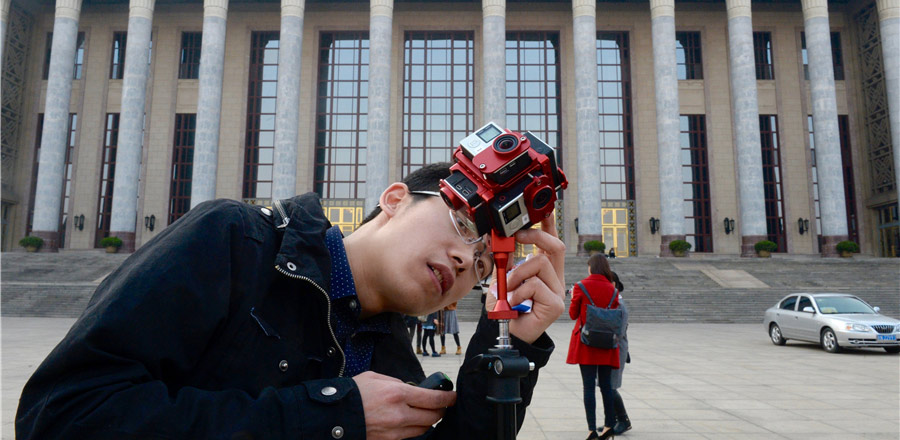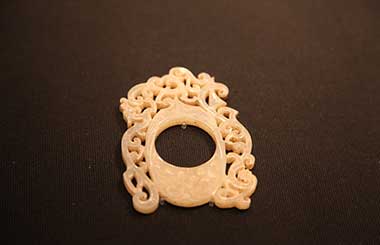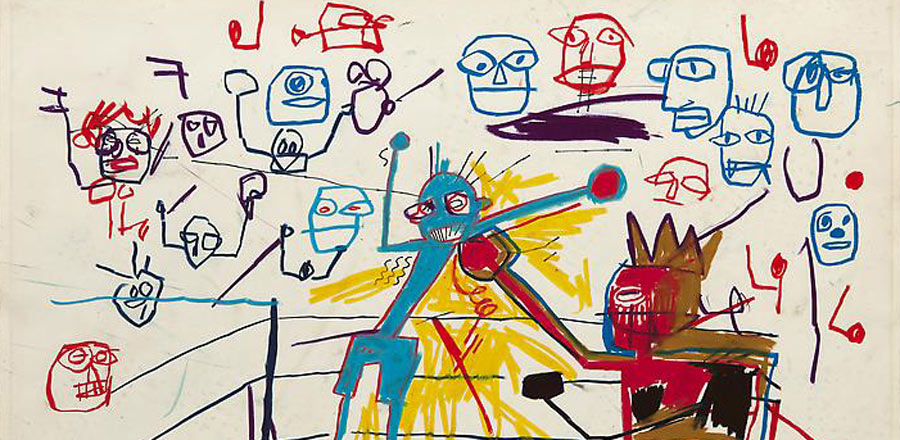
The exhibition will run until June 2.
Only 1,000 visitors are allowed each day until March 18. After this, the quota will rise to 5,000. All quotas in the first week have been reserved.
Xu Changqing, director of the Jiangxi Archaeological Research Institution, said the 3,000 well-preserved bamboo slips and nearly 100 wood panels hold important historical clues. "It will take perhaps 10 years to decode the information to gain a clear understanding of the social structure, rituals and folklore at that time," he said.
"We aim to have the relics included in a UNESCO World Cultural Heritage site."
Yang Dandan, spokesman for the Capital Museum, said no lacquerware or bamboo slips are being exhibited due to the need to preserve them.
In the Book of Han, an official chronological history compiled in the first century AD, Liu was described as a debauched man with a licentious lifestyle.
"Perhaps this is an exaggeration because history is often written by winners," Xu said. "After failing in political conflicts, it was only natural that Liu would attract a degree of notoriety. Judging from our findings, Liu appears to have been a man with well-cultivated and wide interests."
For example, a rough examination of bronzeware excavated from Liu's tomb showed it was produced in earlier dynasties. Although most of it was collected by his father, the findings possibly indicate that Liu also collected antique relics.
Lei Xiaoxun contributed to this story.








